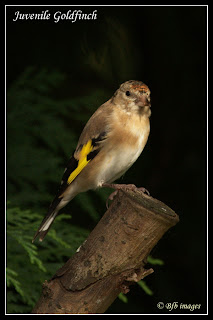A visit once a year if I can to rspb Leighton Moss normally gets me a few year ticks but nonetheless is a lovely scenic reserve to visit on the coast at Morcambe bay in Lancashire.
Leighton Moss has Seven bird and wildlife watching hides a well equiped visitor\ Educational centre aswell as a cafe it also has three nature trails within the reserve with plenty more trails out and about the vicinity of the reserve.
A misty morning
(The Causeway to the public and Lower Hides through reed-bed habitat)
This is the largest remaining reedbed in North West England, with shallow meres and fringing sedge and woodland, attracts a wonderful range of wildlife to Leighton Moss. The reserve also has two large pools and scrapes further towards the coast of Morecambe bay.
..... into the Bay
(Looking from the Eric Morecambe hide out across the pool and wader Scrape)
Among its special birds are breeding Bitterns, Bearded Tits and Marsh Harriers, its mammals include Otter and Roe and Red Deer.
Yesterdays visit was a bit of a whistle stop tour as I could only really afford the morning there. I was hoping for 1 life tick (Bittern..... I have been countless times and never seen one) and a year tick (Marsh Tit).
From the public hide a female Marsh Harrier hovered in the distance over what was probably her old nestsite, she dipped down for a few minutes before reappearing and taking roost in a dead tree, meanwhile in front of the reeds were 3 Otters although very very distant on the far shide of the pool.
I happily Counted 4 or 5
Marsh Tits - not sure how many to expect on a given day but certainly the most I have seen.
Year tick in the bag....
Marsh Tit
I Didnt go onto the reserve proper, so went over to the scrape hides.
I missed the Green Sanpiper that had been seen in front of the Allen hide but other highlights on show were: Perigrine perched for 2hrs preening at the back of the main pool and 400+ Knot (it only seems like chaos)
I love this image... not an ounce of focus but who really cares when you can capture the spectacle of huge numbers of waders taking off in unison.
If you click on the image and look closely you will see some Redshanks right at the bottom
Other waders of note were 1000+ Black Tailed Godwits
in flight
having a scratch
and a ruffling of the feathers
lone Godwit in a Knot
3 Spotted Redshank, 25+ Greenshank, huge Skien of Pink feet over, and the first winter female Goosander dropped into the marsh at the back of the main pool.
I missed the Bearded tits on this occassion but waited and waited between 09.30 and 10.30am however these images are from last years visit.
Female Bearded Tit
Male Bearded Tit
A total of 61 species seen from 08.45 - 13.00hrs (not bad as I spent 60 mins waiting in one place for Beardies and didnt venture on the main part of the reserve due to lack of time)
Yet again I didnt get to see the Bittern but this time of year plenty of Red Deer are about.
Both these images are from a visit in 2009
__________________























































